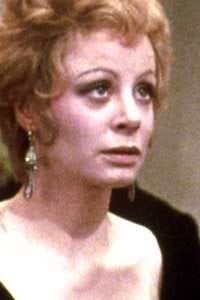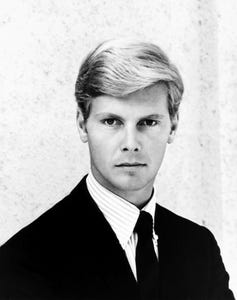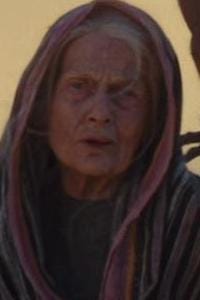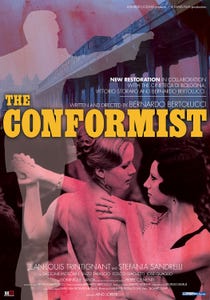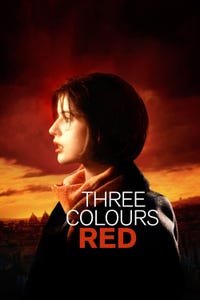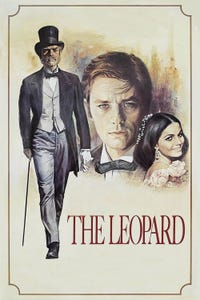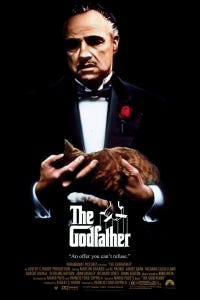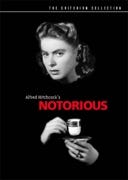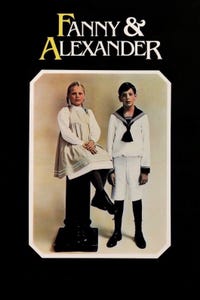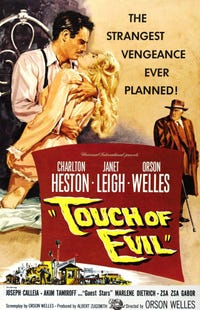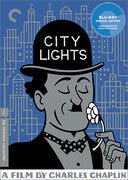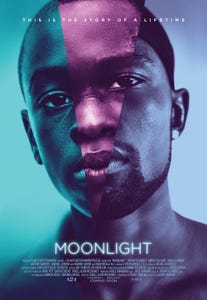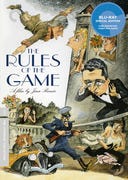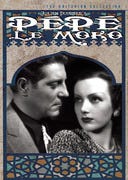X
- 1964
- Unrated
- Landau Releasing Organization (LRO)
- 1 h 56 m
- 1964
- Unrated
- Landau Releasing Organization (LRO)
- 1 h 56 m
Summary The Servant looks at the decaying British class system through the relationship between an aristocrat and his scheming butler.
Directed By: Joseph Losey
Written By: Harold Pinter, Robin Maugham
- 1964
- Unrated
- Landau Releasing Organization (LRO)
- 1 h 56 m
- 1964
- Unrated
- Landau Releasing Organization (LRO)
- 1 h 56 m
The Servant
94
7.6
Where to Watch
Summary The Servant looks at the decaying British class system through the relationship between an aristocrat and his scheming butler.
Directed By: Joseph Losey
Written By: Harold Pinter, Robin Maugham
Where to Watch
Top Cast
Metascore
Universal Acclaim
Based on 9 Critic Reviews
94
89% Positive
8 Reviews
8 Reviews
11% Mixed
1 Review
1 Review
0% Negative
0 Reviews
0 Reviews
Metascore
Universal Acclaim
Based on 9 Critic Reviews
94
89% Positive
8 Reviews
8 Reviews
11% Mixed
1 Review
1 Review
0% Negative
0 Reviews
0 Reviews
Fox and Bogarde bounce sharp dialogue back and forth and are captivating as the psychosexual tension increases between them. Through subtle visual clues Losey artfully blurs sexual boundaries to create one of cinema’s most memorable relationships.
Glaciers might be melting, the polar caps might be crumbling, but not even the passage of half a century has taken the frozen edge off this brilliantly icy film.
User Score
Generally Favorable
Based on 27 User Ratings
7.6
81% Positive
22 Ratings
22 Ratings
7% Mixed
2 Ratings
2 Ratings
11% Negative
3 Ratings
3 Ratings
User Score
Generally Favorable
Based on 27 User Ratings
7.6
81% Positive
22 Ratings
22 Ratings
7% Mixed
2 Ratings
2 Ratings
11% Negative
3 Ratings
3 Ratings
There are no user reviews yet. Be the first to add a review.
It is a brilliant, subversive account of class relations and the changing times.
Losey creates an atmosphere of deepening claustrophobic menace shot through with episodes of savage black humour.
Its account of patrician degradation will cause you to blink your eyes. Although it is only fiction, it wafts a thick and acrid air of smoldering truth.
The Servant is for the most part strong dramatic fare, though the atmosphere and tension is not fully sustained to the end.
Certainly difficult to define, this period piece messes with genres, power relationships and your head.
Production Company
Springbok Productions
Release Date Mar 16, 1964
Duration 1 h 56 m
Rating Unrated
Genres
Tagline A Terrifyingly Beautiful Motion Picture!
Awards
BAFTA Awards
• 3 Wins & 8 Nominations
New York Film Critics Circle Awards
• 1 Win & 3 Nominations
Italian National Syndicate of Film Journalists
• 1 Win & 1 Nomination

